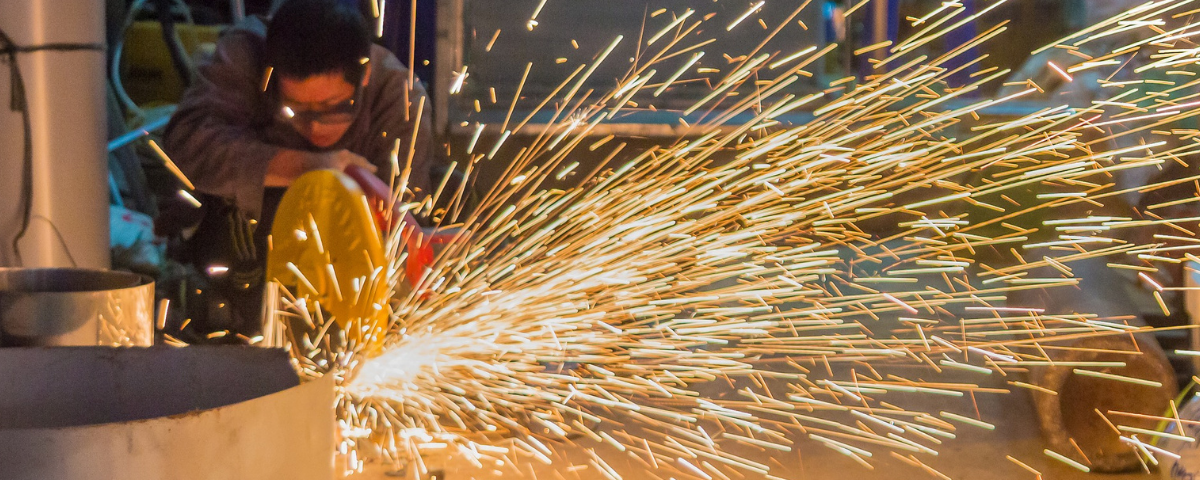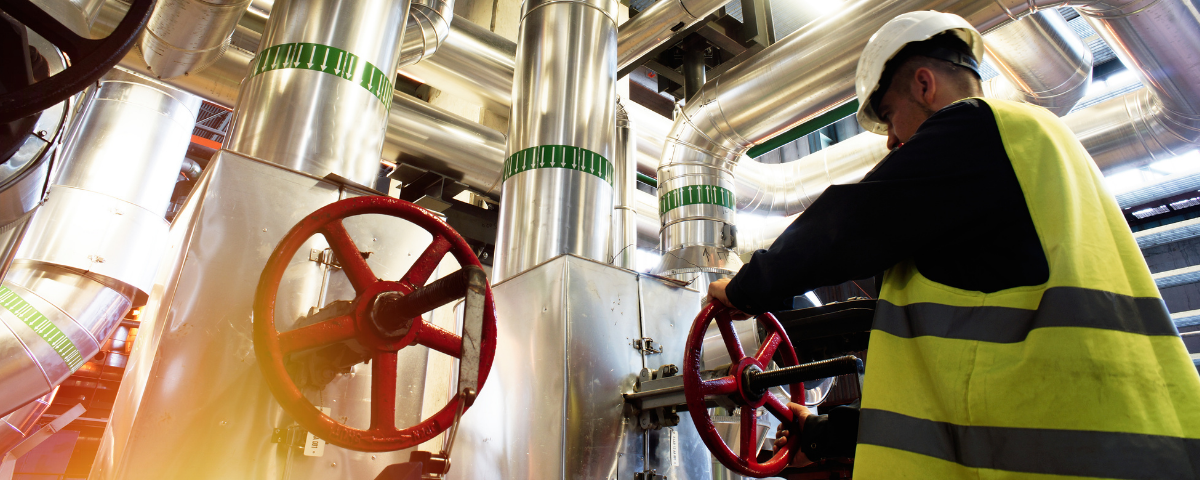Apathy and ignorance affecting the safety of your workplace?
No employer expects their workers to stick their hand into a machine. But accidents do happen.
When a worker at Christchurch based Davies Tree Services severed four fingers in a wood-chopping machine in 2017, both his employer and the machine’s manufacturer were found responsible and fined a total of $135,000. The case highlights how easy it is for a company to forget, or ignore their degree of responsibility in keeping workers safe.
In the Davies Tree Services case, a WorkSafe investigation found both companies had failed to meet appropriate health and safety and industry standards. The machine in question not only lacked machine safety guarding but also minimal safety features, such as interlocks and a locking safety latch.
WorkSafe Chief Inspector Investigations Steve Kelly said the offending on the part of both the employer and the machine manufacturer was significant.
“Had proper precautions been taken, this worker would not have suffered from injuries which will impact him for the rest of his life.”
WorkSafe Chief Inspector Investigations, Steve Kelly.
In short, apathy and ignorance were to blame.
How safe is your workplace?
For a workplace to be productive, it must first be safe. No matter how big or small a business may be, or how big or small its hazards might be, those hazards must not be ignored. An accident involving an employee can destroy not only a life but a business, too.
In the manufacturing sector, machine safety guarding is absolutely imperative. Not only is it a legal requirement of the Health and Safety at Work Act 2015, but avoiding or minimising injuries will result in reducing costs in the long term and maximising profits for a business with a well run manufacturing facility.

Why is machinery risk assessment so important?
Machines are a standard feature in any manufacturing business, and all machines carry some element of risk. When humans are operating machines, the risk increases.
Mechanical safety issues can occur related to the operation of any machine in the workplace. Noise and visibility issues can compromise an employee’s hearing and sight. Falls resulting from poor housekeeping or negligence can cause serious injury and death and procedures should be in place to prevent them. Ice, snow, and rain can create hazards of their own; employees need to be trained on how to operate equipment safely when weather conditions are bad.
As technology develops and health and safety solutions become more commonplace and reasonably practicable, there are no excuses for business owners and directors not to implement health and safety improvements into their workplace. Legislation is performance-based, which means businesses need to with the times. Risk control measures should adapt and evolve to new understandings of what can go wrong.
If your company is undertaking regular risk assessments, then it’s a signal that your business is proactively monitoring the safety of the workplace. If your business has more than 30 employees, it’s highly likely the workplace will include manufacturing equipment that can cause serious harm. That’s where a risk assessment programme becomes imperative.

What are the three barriers that stop companies from getting a risk assessment?
- Cost
The perceived expense of implementing machine safety solutions is a major factor. New Zealand has a high proportion of small-to-medium enterprises, and many of them see the cost of a risk assessment as a significant burden. The reality is the biggest risk they have to manage is solvency. Many businesses will be put off by the idea of paying several thousand dollars for a consultant to conduct a risk assessment and learning that they may have to pay thousands more to implement solutions. Businesses need to weigh this cost up with the ongoing health and safety environment of their workplace and potential for an injury. - Ignorance
Many business owners and directors have the perception that they don’t see their machinery as a risk. Many will think, “You’d have to be stupid to put your hand in there.” But people do. There are very human reasons why people make poor decisions – trying to complete a task quickly or trying to fix a machine malfunction without ensuring the correct machinery operating procedures. - Apathy
Overwhelmingly, Kiwi business owners tend to take the ‘she’ll be right’ attitude. It’s very easy to think that their current systems are adequate; after all, they’ve been adequate for the last 20 years, so why change them now? Or they may think the machine manufacturers will have taken care of any health and safety issues at point of manufacture.
The real cost of a workplace accident
- Direct costs
If a worker loses a single finger in a workplace accident, fines can range from tens of thousands to hundreds of thousands of dollars. It is the responsibility of the employer to pay these fines if they are found to be negligent in providing a safe working environment. - Indirect costs
This includes the costs incurred as a result of the incident and the WorkSafe investigation: lost production time, moral impacts, and additional wages to replace the person off work. These costs can be up to 20 times the original direct cost.
What are the consequences of not having a risk assessment?
In many cases, accidents are a complete surprise. The employer may have thought that their machinery was fine – or at least ‘not that bad’. This is why accidents will often occur in areas that they didn’t think possible.
In 2017, Budget Plastics was fined $138,500 after a worker’s hand was caught in a plastic extrusion machine. The worker had been emptying a bag into a funnel when part of the bag caught in the auger [drill] at the bottom of the hopper and dragged his hand into the auger. He suffered horrific injuries to his hand, which was later partially amputated.
WorkSafe had previously published guidelines specific to plastic extrusion, including the need for machine safety guarding and protective mesh above an auger, and emergency stop buttons to be within reach of the operator’s hands. In their investigation, WorkSafe found that the on/off switch and control panel were both some 2m from where the victim was standing and the extrusion machine was insufficiently guarded, requiring the operator to manually push plastic into the auger.
In fact, a health & safety expert had already identified a number of health and safety failings within the factory – particularly the extrusion machine. The Palmerston North company was fined $140,000.
A risk assessment can save you from crippling fines
A company that has undergone a risk assessment and has started making improvements is in a better position than a company that has not had a risk assessment at all. In the event of an accident, a risk assessment can be a mitigating factor in the judge’s ruling, and may result in a reduced fine.
Some company owners have a fear of risk assessments because they know they’ll have to take action. There’s a duty to do something about it, but given the cases we’ve outlined in this article, it could well be cheaper to pay for a risk assessment and any machinery fixes, than risk an accident. Company owners and directors need to consider their ethical duty to do the best for their staff too.
Ignorance is not a defence in court. The Health and Safety at Work Act 2015 has significantly changed how directors and other PCBU officers can be personally liable for a health and safety failing. Under the Act, directors and other officers will now be directly liable if they fail to exercise due diligence to ensure their organisation complies with the Act.
Reducing risk doesn’t have to cost you
The risks identified in an assessment may not necessarily require costly solutions. In some cases, reducing risk may begin with simple communication. Tell your staff what the risk is. Put a sign on the machine explaining the risk and how to avoid catastrophic consequences. Implement some basic supervisory controls while you work through the rest of the list. Risk management programmes can be undertaken over a period of time too, concentrating on priority risks first, and including lower priority risks as funding allows.
Benefits of Workplace Safety
A successful health and safety programme requires and promotes strong PCBU (Person Conducting a Business or Undertaking) management and worker participation.
Ensuring safety in your workplace results in fewer accidents. Fewer accidents result in fewer repair costs for damaged equipment and less worker’s compensation paid out. It also means less downtime for employees and less retraining time for workers otherwise needed to replace an injured worker.
Worker performance is improved when workers know how to prevent injuries and have confidence in management’s active role in protecting their safety. The organisation benefits from being seen as a company that listens, cares and acts in the interests of their staff. Improved staff morale and overall wellbeing can reduce staff turnover and boost productivity. For employees, a safe and healthy work environment should be the very least they can expect.
Further information can be found in the TEG Risk Guide to Machine Safety Risk Assessments.
If you are interested in learning more about how TEG Risk can support you to protect your employees and business, please contact us using the button below.

